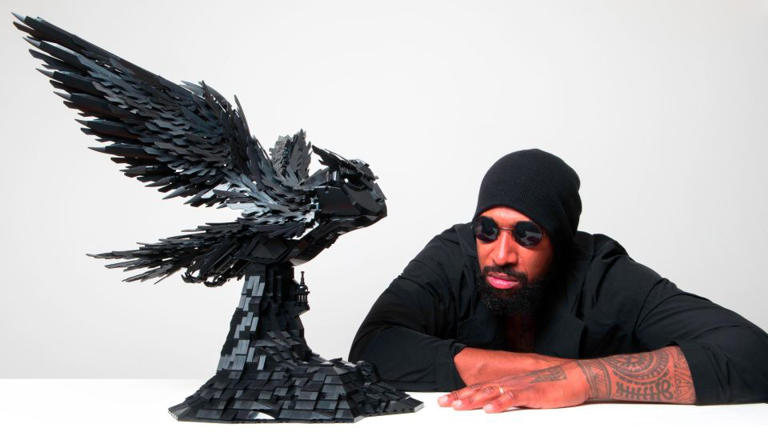David Badash, The New Civil Rights Movement
July 7, 2023,

Todd Rokita / Office of Indiana Attorney General.
Seven Republican attorneys general have banded together to issue a threatening letter to Target, suggesting its LGBTQ Pride merchandise may violate state child-protection and parental-rights laws, and claiming at least some of the products are potentially "harmful to minors," "obscene," "meant to sexualize" children, and "anti-Christian." They also imply the corporation's officers may be in violation of their fiduciary responsibilities by allowing the "promotion and sale" of those items.
The six-page letter, dated July 5, also appears to promote a form of Christian nationalism, suggesting right-wing boycotts over the LGBTQ Pride products harmed the company's market value, and then stating: "It is likely more profitable to sell the type of Pride that enshrines the love of the United States. Target’s Pride Campaign alienates whereas Pride in our country unites."
The letter also refers to reports from right-wing media including the National Review, Fox News, the New York Post, and the Daily Caller, along with articles from Reuters and Axios.
It denounces Target's financial support of GLSEN. The 33-year old education non-profit's website says it works to "advise on, advocate for, and research comprehensive policies designed to protect LGBTQ students as well as students of marginalized identities," but the attorneys general claim the organization "furnishes resources to activists for the purpose of undermining parents’ constitutional and statutory rights."
The attorneys general point to specific state laws 12 times, but do not specifically tell Target it is actually in violation of any laws. An article published in CBS affiliate Idaho News concludes, "It is not immediately clear what response the attorneys general are seeking from Target."
Those attorneys general, all Republicans, are: Indiana's Todd Rokita, the lead sponsor of the letter, Tim Griffin (Arkansas), Raul Labrador (Idaho), Daniel Cameron (Kentucky), Lynn Fitch (Mississippi), Andrew Bailey (Missouri), and Alan Wilson (South Carolina). Several are former U.S. congressmen with anti-LGBTQ voting records.
"As Attorneys General committed to enforcing our States’ child-protection and parental-rights laws and our States’ economic interests as Target shareholders, we are concerned by recent events involving the company’s 'Pride' campaign," the letter begins. "Our concerns entail the company’s promotion and sale of potentially harmful products to minors, related potential interference with parental authority in matters of sex and gender identity, and possible violation of fiduciary duties by the company’s directors and officers."
"As the chief legal officers of our States, we are charged with enforcing state laws protecting children and safeguarding parental rights. State child-protection laws penalize the 'sale or distribution . . . of obscene matter.' A matter is considered 'obscene' if 'the dominant theme of the matter . . . appeals to the prurient interest in sex,' including 'material harmful to minors.' Indiana, as well as other states, have passed laws to protect children from harmful content meant to sexualize them and prohibit gender transitions of children."
They also claim that "Target wittingly marketed and sold LGBTQIA+ promotional products to families and young children as part of a comprehensive effort to promote gender and sexual identity among children," "Target reportedly promoted and sold products in our states that included, among other products, LGBT-themed onesies, bibs, and overalls, t-shirts labeled 'Girls Gays Theys;' 'Pride Adult Drag Queen Katya' (which depicts a male dressed in female 'drag'); and girls’ swimsuits with 'tuck-friendly construction' and 'extra crotch coverage' for male genitalia."
Reports have stated the "tuck-friendly construction" was only part of adult clothing lines.
The attorneys general also point to merchandise from what they say is a "self-declared 'Satanist-Inspired' brand," "products with anti-Christian designs, such as pentagrams," and one design that "included the phrase 'Satan Respects Pronouns.'"
Lastly, they claim these actions "not only raise concerns under our States’ child-protection and parental-rights laws but also against our States’ economic interests as Target shareholders."
"The evidence suggests that Target’s directors and officers may be negligent in undertaking the 'Pride' campaign, which negatively affected Target’s stock price. Moreover, it may have improperly directed company resources for collateral political or social goals unrelated to the company’s and its shareholders’ best interests," they claim.
















